Valter Longo, who wants to live to a healthy 120 or 130, sees the key to longevity in diet — legumes and fish — and faux fasting.
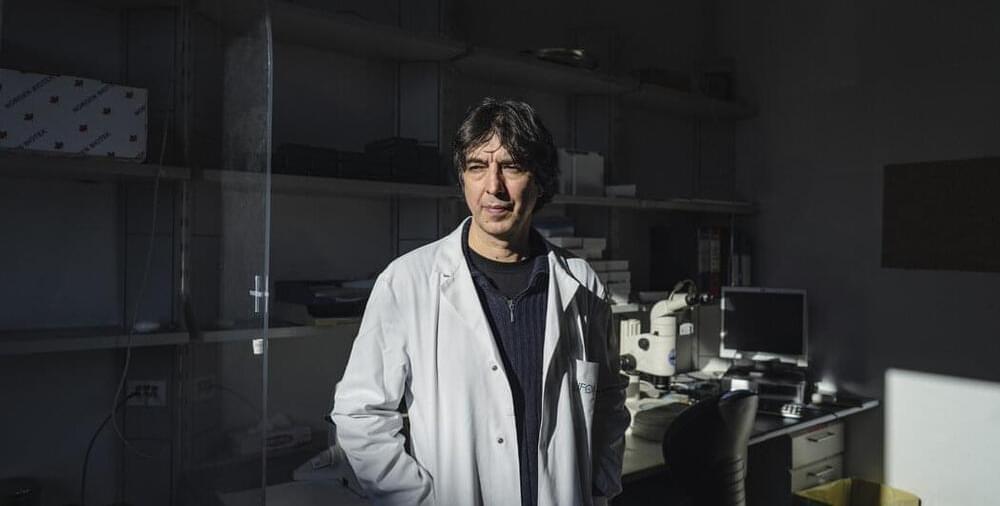


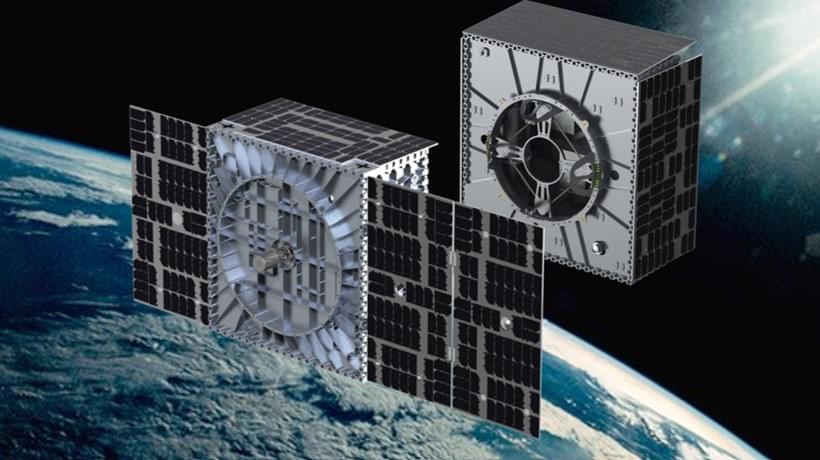
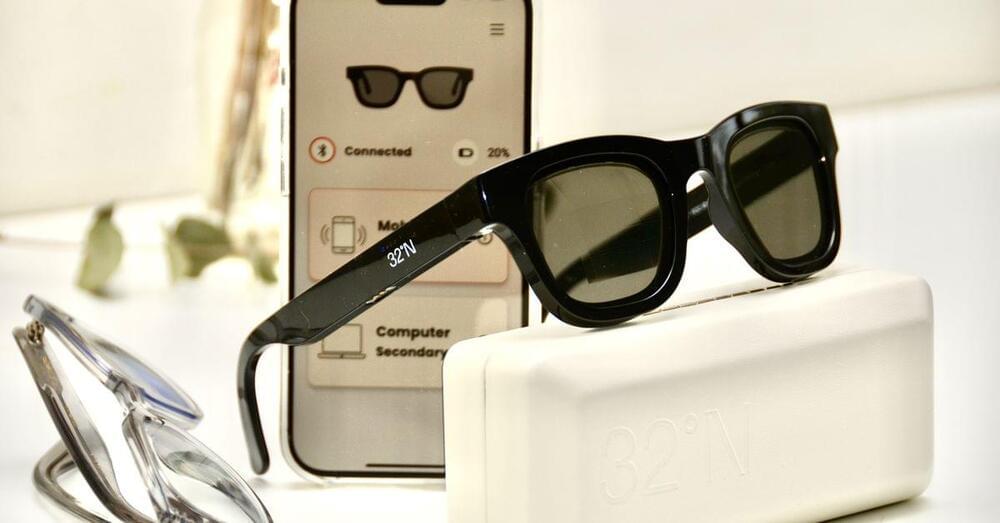
So what happens if you combine reading glasses with sunglasses and put a chip in that so discretely that nobody can even tell?
That’s what Deep Optics has done with its latest 32°N-branded Muir sunglasses that I’ve been testing for the last few weeks. A swipe on the frame sends an electrical signal to the two liquid crystal lenses to change the state of millions of tiny pixels so that close objects come into focus.
As such, these 32 Degrees North specs eliminate the need to carry (and lose) both reading glasses and sunglasses — at least, that’s the promise made in exchange for $849 of your hard-earned money.
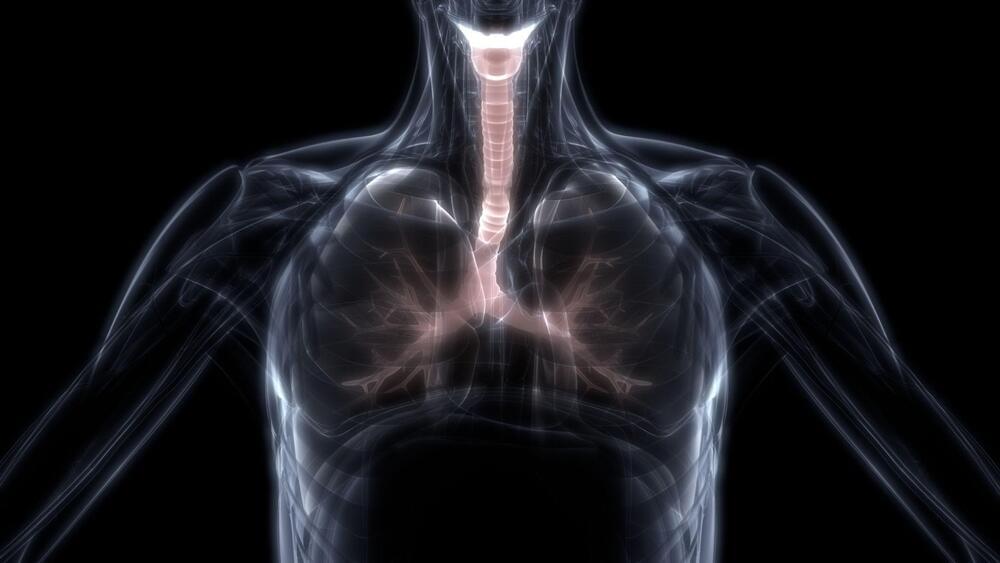

DoorDash and Wing (an Alphabet company) have announced their first joint drone delivery service in the United States. Targeted at select customers in Christiansburg, Virginia, eligible DoorDash orders from Wendy’s can now be delivered via Wing drone.
Wendy’s orders will be delivered using a Wing drone, which can travel up to 65 mph. Upon reaching its destination, the drone will lower the order to the doorstep using a tether.
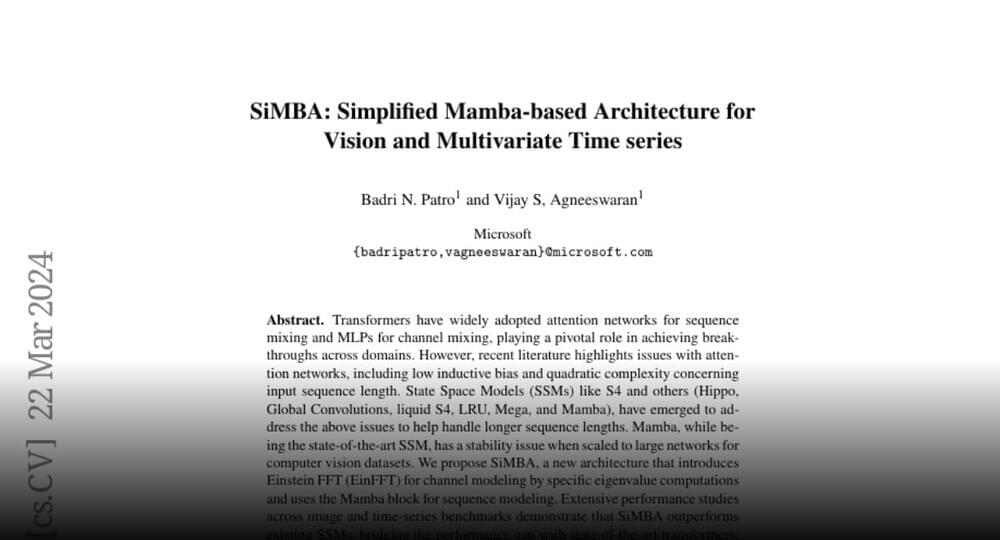
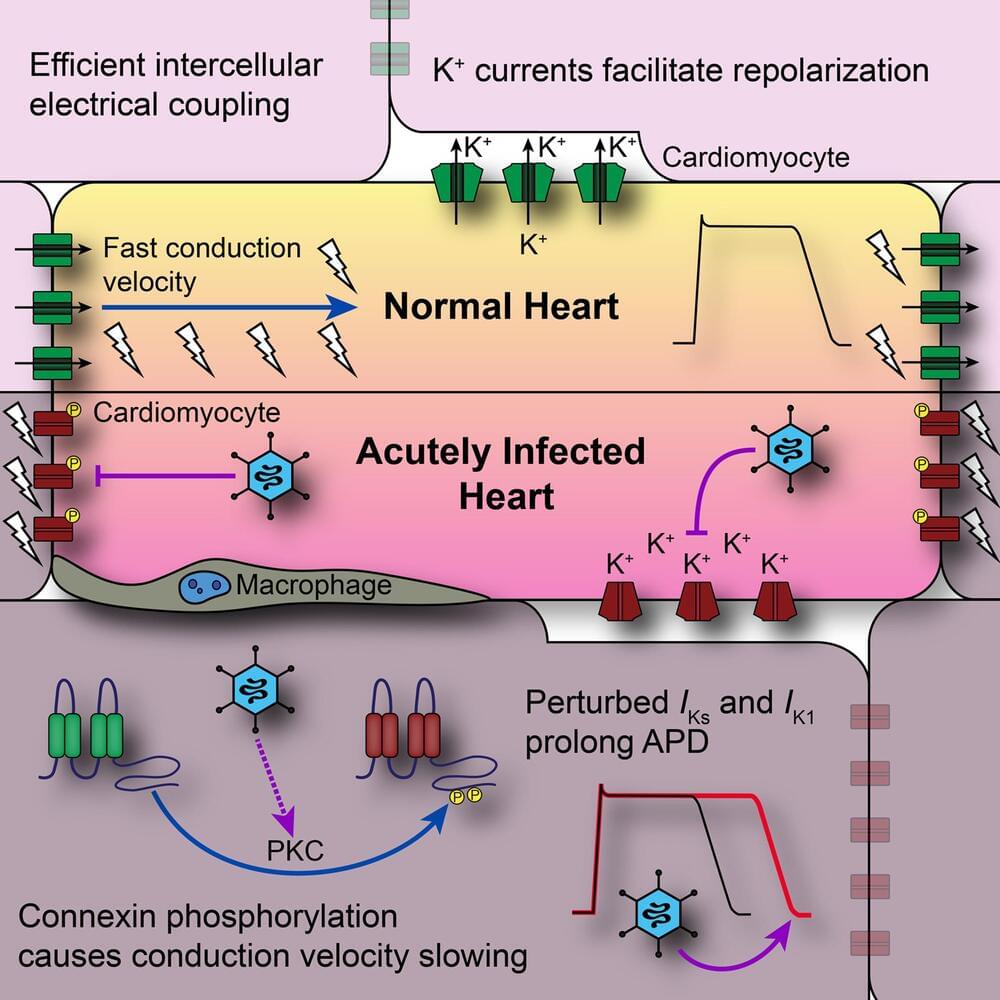
In a potentially game-changing development, scientists with the Fralin Biomedical Research Institute at VTC have revealed a new understanding of sometimes fatal viral infections that affect the heart.
Traditionally, the focus has been on heart inflammation known as myocarditis, which is often triggered by the body’s immune response to a viral infection.
However, a new study led by James Smyth, associate professor at the Fralin Biomedical Research Institute, sheds new light on this notion, revealing that the virus itself creates potentially dangerous conditions in the heart before inflammation sets in.

This post is also available in:  עברית (Hebrew)
עברית (Hebrew)
Recent advancements in artificial intelligence make it increasingly harder to detect deepfake voices, and the solution might actually come from AI itself.
Scientists at Klick Labs were inspired by their clinical studies using vocal biomarkers to help enhance health outcomes and created an audio deepfake detection method that taps into signs of life like breathing patterns and micropauses in speech.